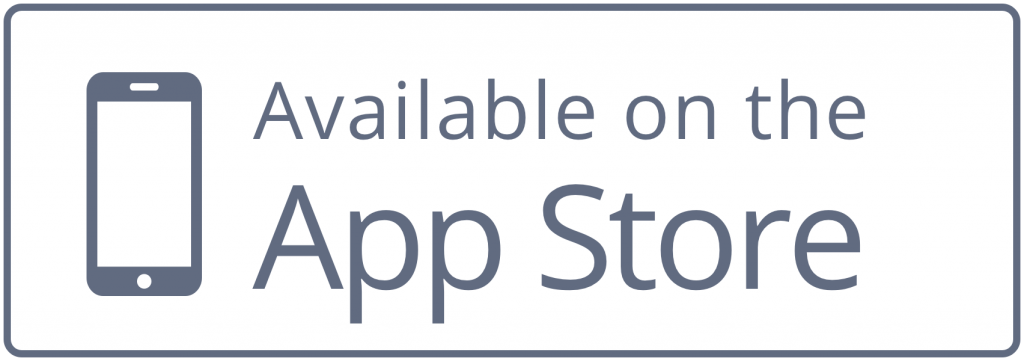Understanding seizure precautions is essential for getting through nursing school and for ensuring patient safety in the field. As a nurse, knowing how to prevent injuries, respond effectively and educate patients about seizure management is a critical skill. Let’s break down nursing seizure precautions and help you build confidence for both real-world practice and your nursing exams.
2 Categories of Seizures
A seizure is a sudden, uncontrolled electrical disturbance in the brain resulting in changed behavior, function, and impaired consciousness. Seizures are categorized into two groups: generalized and focal.

- Generalized: There are different subtypes of generalized seizures; the most common subtype is tonic-clonic seizures. Generalized seizures arise from both hemispheres of the brain. Consciousness is lost from these seizures, and they are often caused by metabolic or genetic disorders.
- Focal: Focal seizures are also known as partial seizures. Partial seizures occur in one local area from one hemisphere of the brain. Consciousness is impaired during these seizures and can be lost entirely. Symptoms of focal seizures may include changes in sensory sensations and abnormal body movements.
Nursing Seizure Precautions
Seizure precautions are important safety measures taken to protect patients who are at risk of seizures. These precautions should be implemented daily for individuals with epilepsy or in hospitals for those prone to seizures.
In everyday life, individuals must be careful while bathing, cooking, and driving to minimize the risk of injury. For nurses, educating patients on seizure precautions at home is crucial. For example, individuals can use shower chairs to prevent falls or cook on the back burner to avoid burns.
Seizure precautions nurses take in the hospital setting are quite different. Protocols vary from hospital to hospital, but there are several safety measures every nurse must follow to minimize harm in seizure-prone patients:
- Full resuscitation equipment readily available
- Cardiac monitoring to detect any cardiac dysfunction
- Bag and oxygen in case of oxygen deprivation
- Padded bed frame to protect against injury from uncontrollable body movements
- Lowered bed position to reduce risk of falls
- Suction equipment to prevent aspiration
By implementing these nursing seizure precautions, healthcare professionals can help ensure patient safety and provide effective care for those at risk.
Nursing Diagnosis for Seizures

Using nursing diagnosis for seizures helps structure patient care, ensuring proper interventions. Some common nursing diagnosis for seizures include:
- Risk for injury
- Ineffective airway clearance
- Risk for aspiration
- Ineffective breathing pattern
- Acute confusion
- Deficient knowledge
By incorporating these nursing diagnoses into patient care plans, nurses can improve patient safety, enhance recovery and promote seizure management strategies.
Seizure Protocol for Nurses
A seizure protocol is followed by nurses to ensure the patient’s safety before and after the seizure. Nurses must prevent trauma or injury during the seizure, promote airway clearance, provide privacy, and enforce patient education after the seizure. Educating your patient and their family members about at-home seizure precautions, drug administration, and triggers will help your patients be healthy and safe!
During a seizure, remember to stay with the patient at all times. An unmonitored patient can get hurt, so you can yell for help if needed. Use the following nursing interventions during the seizure to help your patient.
Nursing Interventions for Seizure Activity

- Turn your patient to the side to reduce the risk of choking.
- Loosen clothing from the neck, chest, or abdominal areas.
- If your patient is standing or sitting while experiencing a seizure, move them gently to the floor.
- Move furniture to provide adequate space for the patient.
- Support their head with a pillow or soft cushion to reduce the risk of head injury.
- Provide supplemental oxygen if the patient is struggling to breathe.
- Administer drug therapy (usually benzodiazepines) to control seizures.
Nursing Care for Seizures
Nurses play a critical role in identifying early signs of a seizure and ensuring proper monitoring for patient safety.
It is important to keep an eye out for warning signs such as:
- Staring spells
- Jerking movements
- Confusion or haziness
- Rhythmic, uncontrollable movements
- Rapid eye blinking
- Unresponsiveness
- Breathing issues
- Stiffness of the body
During a seizure, nurses must carefully observe and document key details, including the duration, type of movements, patient responsiveness and any triggers before or after the episode. Accurate and detailed documentation is essential for guiding treatment and improving seizure management.
We know this is a lot to take in, but it’s important for success in nursing school. To help you remember important nursing seizure precautions and interventions, try using Picmonic’s visual platform as your nursing school study guide. With engaging stories and memorable characters, Picmonic makes it easy to retain crucial information, so you’re ready to excel in your classes, pass exams like the NCLEX and become an exceptional nurse.
Download our mobile app and take Picmonic on the go!















